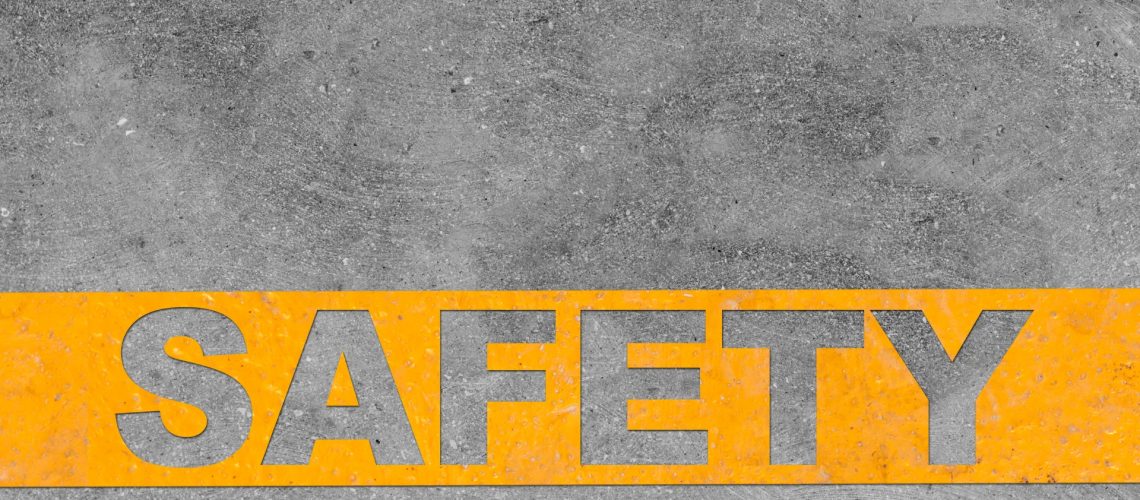Sorting through letters of interpretation or researching OSHA standards for a quick answer can eat up precious time, which is why we wanted to provide you with a simple guide/ list on our most commonly asked OSHA safety reporting and training questions.
OSHA can be cryptic on what they want in some cases, which is done intentionally so that workers have the most protection possible. However, there are some things that are black and white for employers to follow to help ensure the minimum requirements are being met. It’s important to ensure that your company is operating as safely as possible. Let us help and guide you with written health and safety plans (HASP), training, consulting, or an onsite safety manager. In the meantime, here’s the minimum requirements.
Companies are required to have a written safety program no matter what sector or industry they’re in. These help their employees work in the safest manner possible, and, per OSHA, must include the following topics:
Emergency Action Plan (EAP)
Fire Prevention Plan
Hazard Communication Program (HazComm)
Personal Protective Equipment Assessment (PPE)
Lockout/Tagout Plan (LOTO)
Beyond this, established safe work practices are required for all tasks. Additional written plans or different supporting documentation may be required, depending on the task(s), duties, or environment. A professional safety consultant can easily walk you through these steps to ensure full compliance, but, this is a great starting point.
There are also required written safety programs when they’re applicable to your company’s work environment. If your employee’s job requires them to use any of the following, then you need to have a written safety plan.
Respirator Program
Bloodborne Pathogens Plan (BBP)
Firearm Safety Program
Firearm Range Safety Program
Aerial Lift Program
Trench Safety Program
Permit Required Confined Spaces Program
Asbestos Management Plan
Hearing Conservation Program
Arc Flash Program
Once the safety plans and programs are written, you now need to teach them to your employees to ensure full understanding and compliance. Some of these areas require specific training to ensure full compliance, which often comes with a required “retraining” date to ensure all employees have a refresher to maintain the information. Should you make any adjustments to any of your policies, even if they just had the training a few weeks ago, then a new training session needs to happen to ensure complete compliance. Many companies choose to hire a third party instructor to deliver the content to their employees so that it’s coming from an outside source who has experience with OSHA regulations and trainings.

An OSHA 10 or 30 Hour does not satisfy job specific training as it is simply an overview and not specific to job tasks.
In addition to written safety manuals/policies and job specific training, inspections play a key part in keeping a worker safe. These inspections need happen prior to each use with proper documentation showing it’s been completed and the condition of the item is noted. OSHA requires the following items to always be routinely inspected and removed from service if they’re deemed damaged in any way.

These lists are provided to help understand what is required of companies per OSHA but, OSHA may change their requirements at any time; thus, it is always important to have a safety consultant on hand to ensure complete compliance. Please feel free to reach out to us with any questions you may have regarding your safety manuals, policies, trainings, or inspections.

